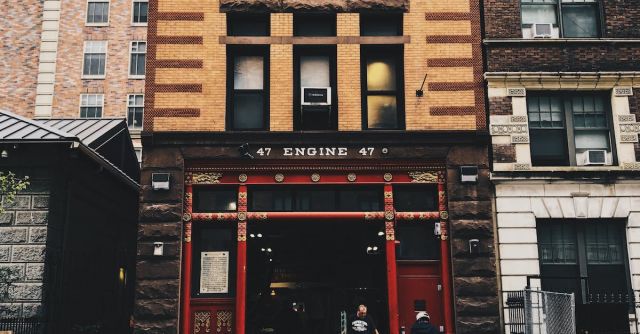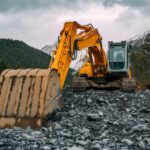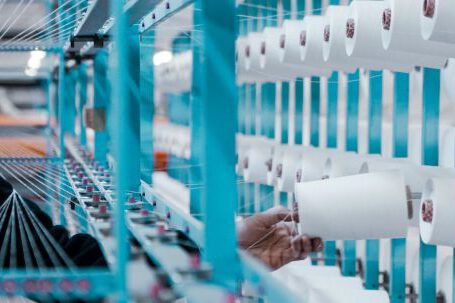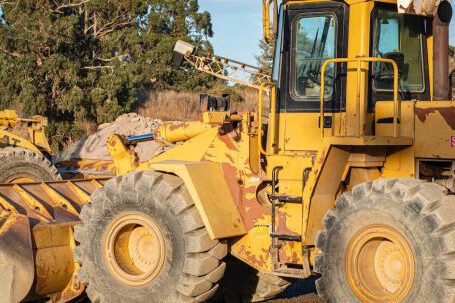Safety harnesses play an integral role in preventing workplace injuries and fatalities at construction sites. The use of fall protection systems such as safety harnesses is essential for workers operating at heights. The Occupational Safety and Health Administration (OSHA) requires employers to provide fall protection whenever workers are exposed to a fall of six feet or more.
What is a Safety Harness?
A safety harness is a personal protective equipment (PPE) designed to protect workers from falls and other serious injuries. It consists of a body belt, a set of straps, and a lanyard. The body belt is worn around the waist and provides support to a person who falls. The straps are attached to the belt and secure the person to a secure anchor point, such as a safety rail or scaffolding. The lanyard is attached to the harness and the anchor point and prevents the person from hitting the ground if they fall.
Benefits of Safety Harnesses
Safety harnesses provide a number of benefits to construction workers. They reduce the risk of serious injury or death in the event of a fall. They provide an anchor point for workers to secure themselves to when working at heights. They also provide mobility, allowing workers to move freely without having to worry about disconnecting from the anchor point.
Types of Safety Harnesses
There are several types of safety harnesses available for use in construction. Full body harnesses are the most common type and provide the greatest level of protection. They include a body belt, straps, and lanyard, and are designed to provide support and protection to the entire body. Chest harnesses and seat harnesses are also available and provide additional support to the upper body and hips, respectively.
Safety Harness Regulations
The use of safety harnesses is regulated by OSHA. Employers are required to provide workers with the proper equipment and training when working at heights. Safety harnesses must be inspected before use and must be replaced if any components are found to be damaged or worn. Employers must also ensure that workers are properly secured to the anchor point and that the lanyard is properly adjusted.
Conclusion
Safety harnesses are an essential piece of equipment for workers operating at heights. They provide protection in the event of a fall and reduce the risk of serious injury or death. Employers must ensure that their workers are properly trained and equipped with the right safety harnesses and that they are regularly inspected and maintained. By following OSHA regulations, employers can ensure that their workers are safe and that construction sites remain accident-free.






